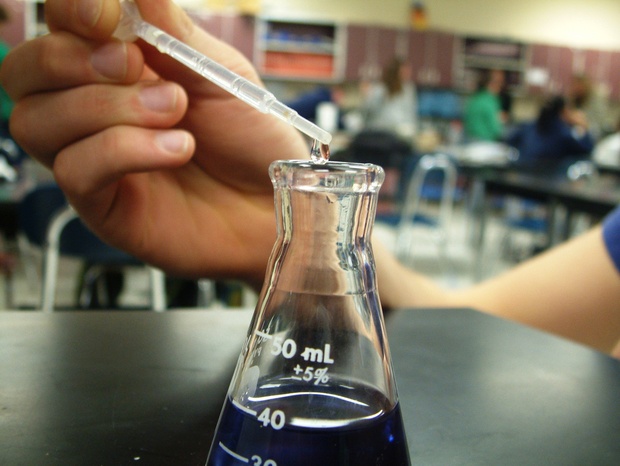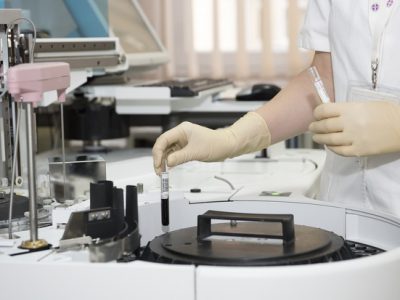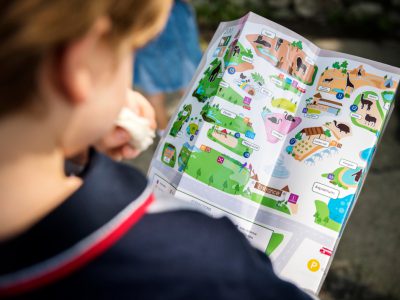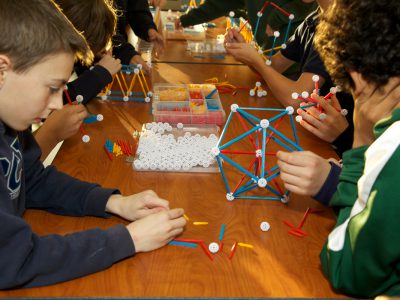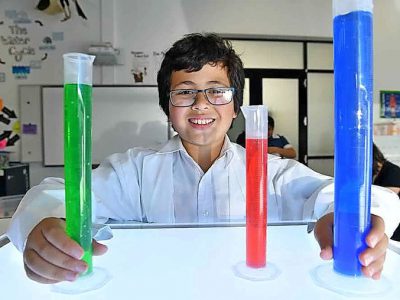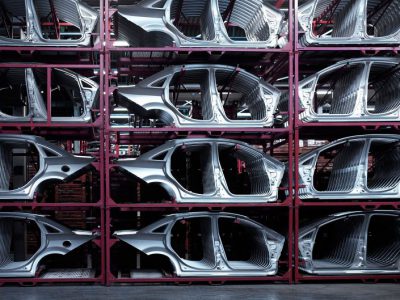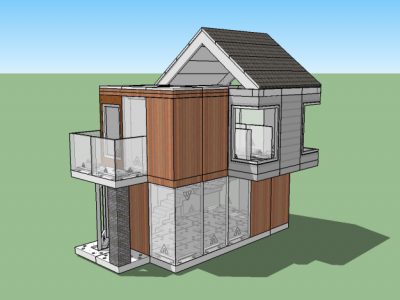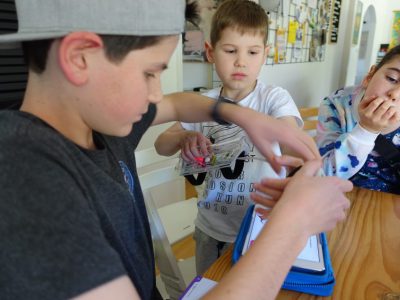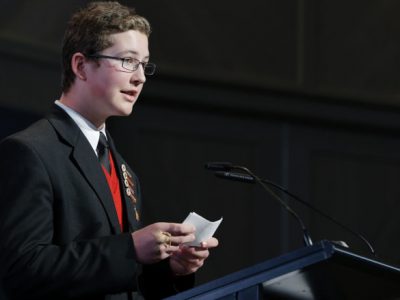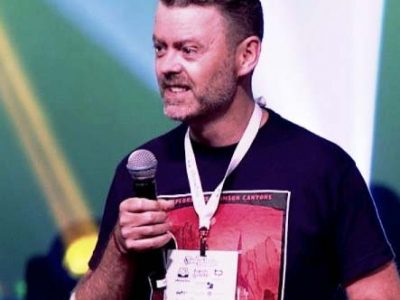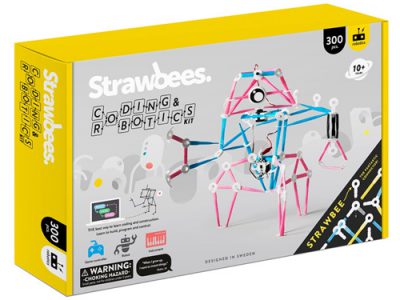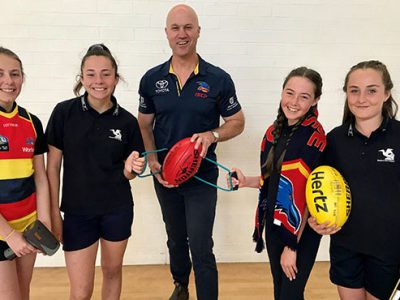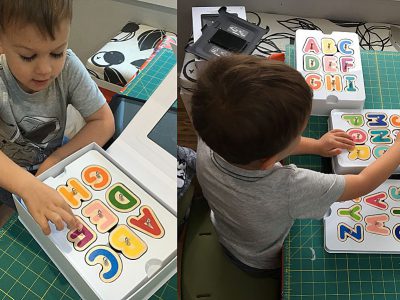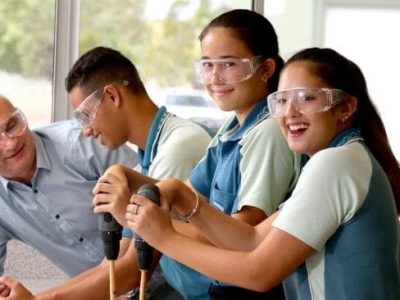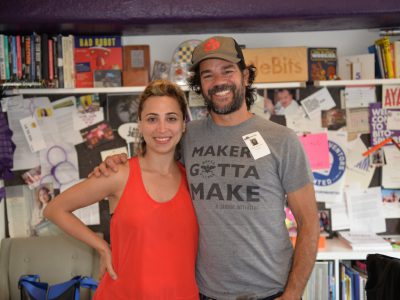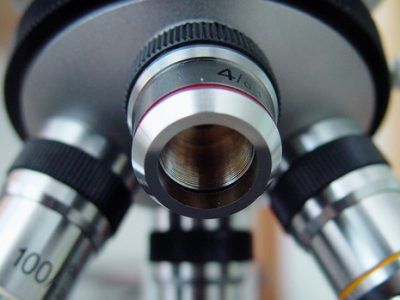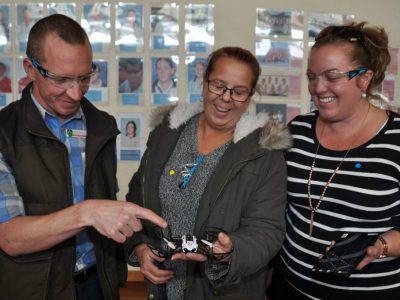The Energy and Technology Education Centre manager has had a chance to see what is happening in schools around the country, teaching physics, maths, robotics, electronics and hard materials at a number of schools.
He has come to the conclusion, STEM education is not getting the attention it needs – particularly at low decile, less resourced schools.
“STEM education in low decile schools is happening but at a snail speed,” Din says.
“Some obvious constraints need to be addressed through non-conventional professional development programmes.”
In order to demystify what STEM education is all about, Din aims to gather a small team of young engineers and semi-retired science and engineering teachers to take up a role of in-class mentors to roll out teaching sessions with educators, in their classrooms.
Ordinary classroom teachers do not have enough time read “fluffed out” educational theories which require an ideal classroom to be practised in, he adds.
“School management has to put aside a dedicated fund and time slot for each classroom teacher to gain STEM insight through in-classroom one-on-one mentoring teaching activities.”
Din’s idea is for mentors with science and technology backgrounds to conduct three to five teaching sessions with the educators in their classroom, demonstrating integrated hands-on activities in science and engineering.
The teachers can then try out similar learning experiences and the mentor spends another three to five lessons, alongside the teachers in their class as a “tag-team” teacher.
“In most cases, the teachers will become resourceful and comfortable to try out STEM activities on their own,” Din says.
It is important for principals and Board of Trustees to find ways of helping their teachers and learners to make use of this programme, Din says.
“STEM curriculum should not get hijacked by the technology or science teachers or academics – this has happened to the technology curriculum and many kinaesthetic learners in low decile schools are struggling to gain NCEA grades only,” he adds.
Teachers cover the content materials for exam purposes and less time is set aside for real learning.
“Creativity and innovation should be the main thrust of STEM education.”
Academic overload coupled with rigid exams and formal assessment really evaporates the joy of learning and kills the spirit of innovation in a big way, Din says, and STEM education places less emphasis on conventional or rigid assessment and allows teachers to use their professional judgement more often.
In his readings on STEM success in NZ education, it seems to be a misunderstood phenomenon, he says.
“Some quarters may think STEM subjects exist and we are producing more mathematics and science and engineering graduates, but the rest of us know that often subject matter in traditional maths and science does not explore real world application of skills.
“STEM is an educational approach where all these areas meet and intersecting knowledge and skills awake into lateral thinking which in turn develops innovations and leads to the real joy of ‘I invented it’.”

